Hill of Crosses (Lithuanian: ) is a site of pilgrimage about 12 km north of the city of Šiauliai, in northern Lithuania. The precise origin of the practice of leaving crosses on the hill is uncertain, but it is believed that the first crosses were placed on the former Jurgaičiai or Domantai hill fort after the 1831 Uprising. Over the generations, not only crosses and crucifixes, but statues of the Virgin Mary, carvings of Lithuanian patriots and thousands of tiny effigies and rosaries have been brought here by Catholic pilgrims. The exact number of crosses is unknown, but estimates put it at about 55,000 in 1990 and 100,000 in 2006. It is a major site of Catholic pilgrimage in Lithuania.
Over the generations, the place has come to signify the peaceful endurance of Lithuanian people despite the threats they faced throughout history. After the 3rd partition of the Polish–Lithuanian Commonwealth in 1795, Lithuania became part of the Russian Empire. Poles and Lithuanians unsuccessfully rebelled against Russian authorities in 1831 and 1863. These two uprisings are connected with the beginnings of the hill: as families could not locate bodies of perished rebels, they started putting up symbolic crosses at the site of a former hill fort.[1]
Number of crosses[2]1800s over 9,000 1900 130 1902 155 1922 50 1938 over 400 1961 destroyed 5,000 1975 destroyed 1,200 1990 some 55,000 2006 over 100,000 Independent Lithuania (1918–1939)When the old political structure of Eastern Europe fell apart in 1918, Lithuania once again declared its independence. Throughout this time, the Hill of Crosses was used as a place for Lithuanians to pray for peace, for their country, and for the loved ones they had lost during the Wars of Independence.
Soviet occupation (1944–1990)The Lithuanian public was subject to religious persecution, during the occupation of the Soviet Union from 1944 to 1990. Many of these endeavors included the persecution of clergy members, anti-religious propaganda, and the prohibition of religious teachings.[3] As a continuation of their ancestors, the Lithuanian populace continued to safeguard their religious freedoms, this encompassing the Hill of Crosses. Visitors would carry crosses with them, either to commemorate their loved ones, offer prayers for better health or success, or as a tribute to significant historical events.[4]
However, during this time period, the Hill of Crosses signified the public's opposition to Soviet suppression. This contradicted the prevailing Soviet ideology of the era. The members of the Soviet KGB recognized this, resulting in prolonged efforts to destroy the landmark and prevent new emergences of crosses.[5] Despite the peaceful resistance, the Soviets bulldozed the site three separate times, and there were rumors that authorities planned on flooding the area.[6] The Soviets used other numerous tactics to deter the public from visiting the hill, such as deeming the crosses had no artistic value, blocking roads from visitors, and guarding of the hill by the KGB and Soviet army.[6] The Soviets would apprehend anyone bringing crosses to the hill, usually resulting in penalties and incarceration.[7] Despite these efforts to destroy the landmark, the Lithuanian public would continue to bring crosses to the hill every night,[8] risking harsh punishment.
 A stone inscribed with the words of Pope John Paul II: "Thank you, Lithuanians, for this Hill of Crosses which testifies to the nations of Europe and to the whole world the faith of the people of this land."Recent events
A stone inscribed with the words of Pope John Paul II: "Thank you, Lithuanians, for this Hill of Crosses which testifies to the nations of Europe and to the whole world the faith of the people of this land."Recent events
In May 2013, Šiauliai District Municipality adopted rules regarding the placement of crosses. People are allowed to erect wooden crosses less than 3 metres (9.8 ft) in height with no permits.[9] In December 2019, a tourist from China removed and tossed away a cross believed to be set up by the Hong Kong pro-democracy camp. She later condemned the protesters in a Twitter post and in an Instagram video saying, "We have done a good thing today. Our motherland is great."[10] Lithuanian Foreign Minister Linas Linkevičius condemned the woman's action in a tweet that called it a "shameful, disgraceful act of vandalism" and said such behavior "can't and won't be tolerated".[11]


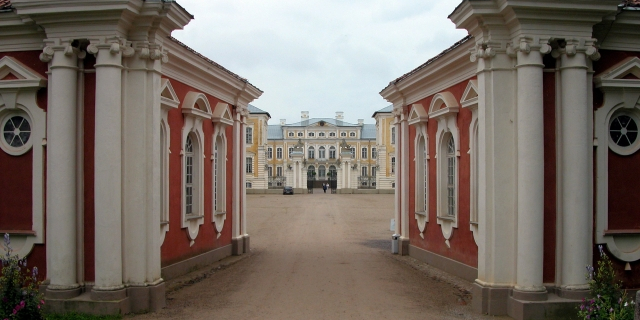

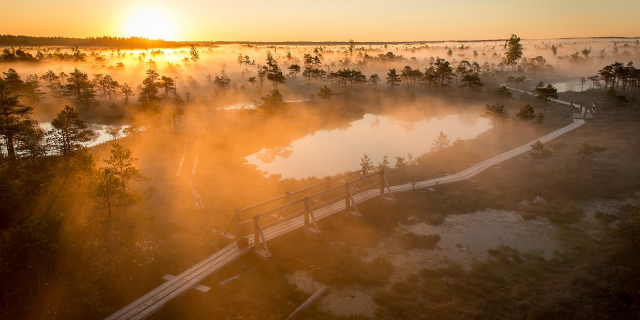


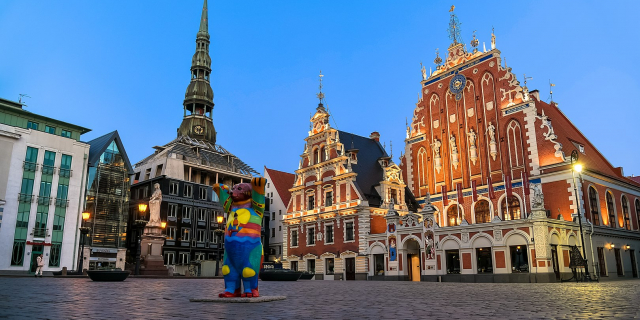

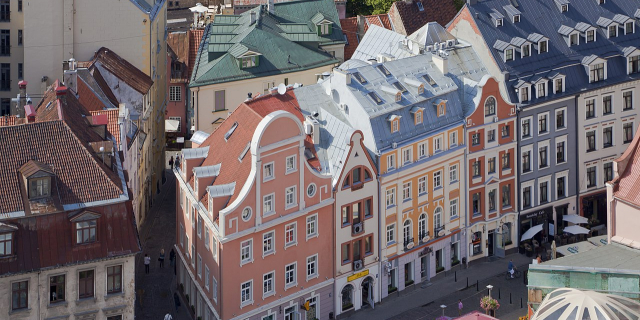





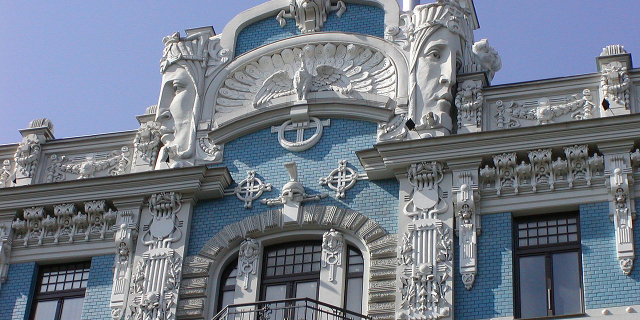

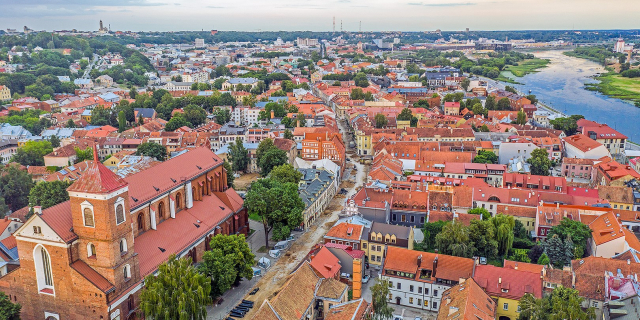



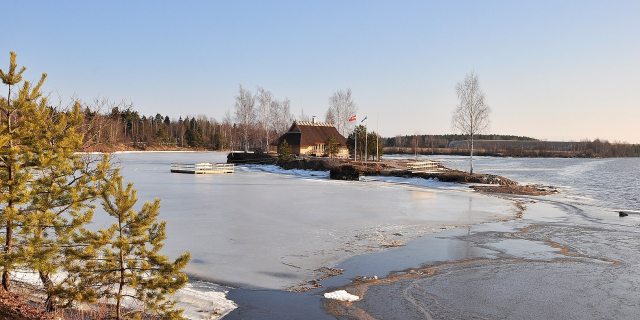
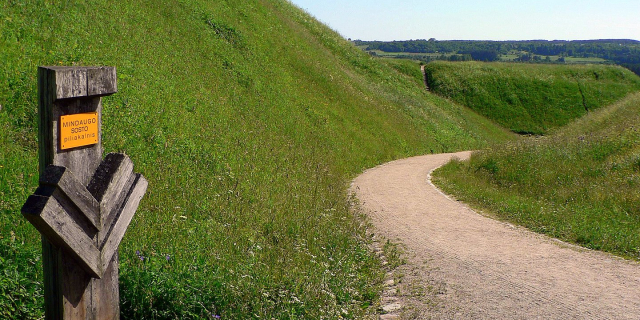
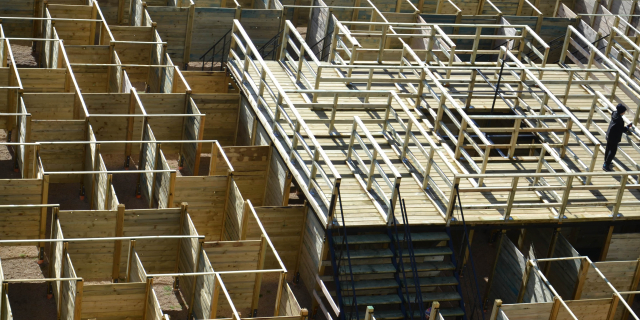


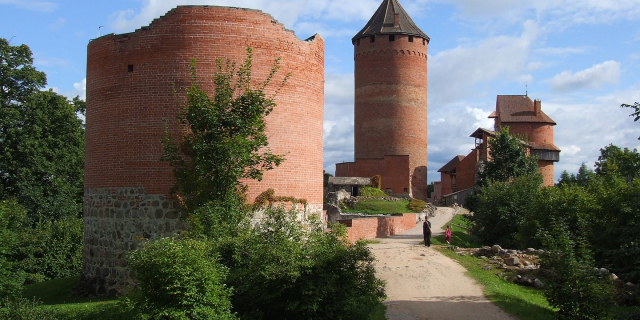




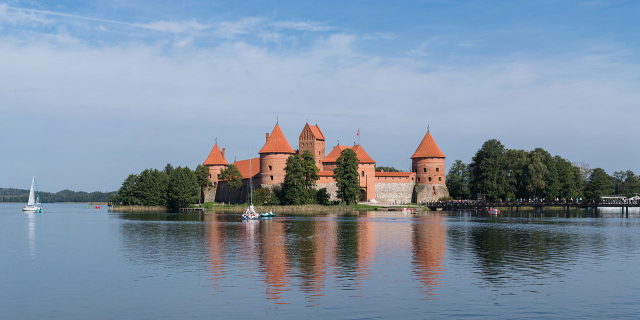

Add new comment